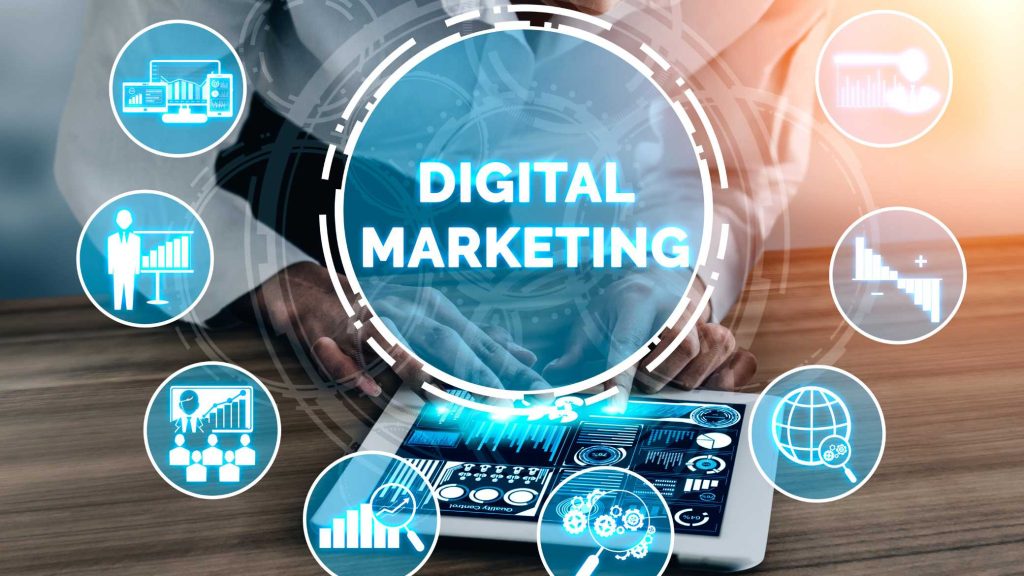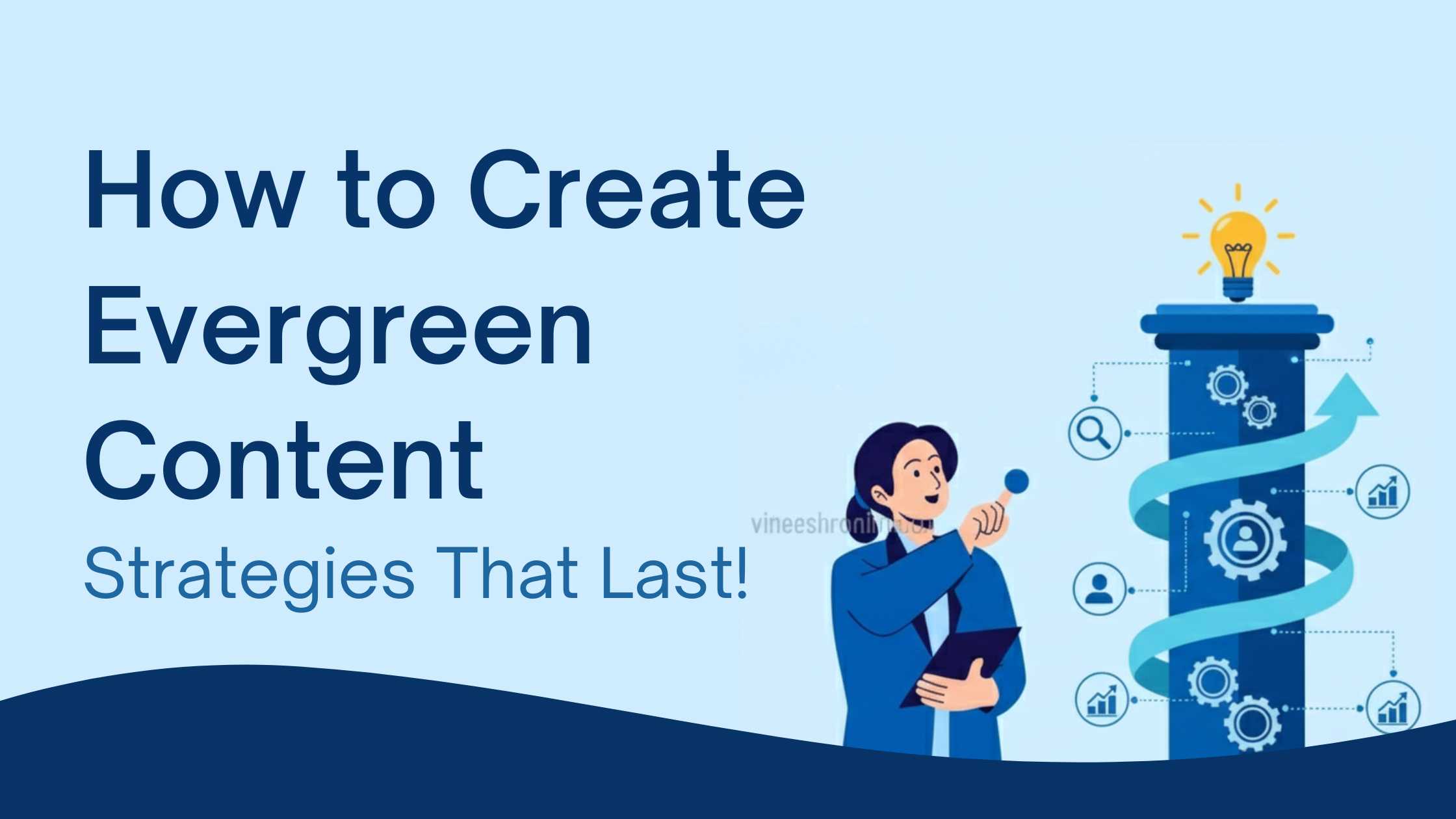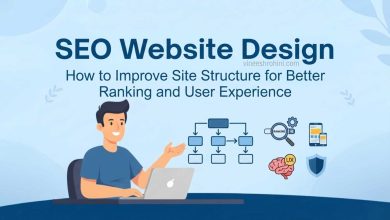How to Combine SEO and SEM for Maximum Online Visibility – Comprehensive Guide 2025
How to Combine SEO and SEM : In today’s digital-first business landscape, online visibility is everything. Whether you’re a startup entrepreneur, small business owner, or an established brand, your audience is searching for your products or services online. The challenge is ensuring they find you instead of your competitors. Two of the most powerful strategies that can help you dominate search engine results and attract qualified traffic are SEO (Search Engine Optimization) and SEM (Search Engine Marketing). While many businesses treat these as separate approaches, combining SEO and SEM can create a powerhouse digital marketing strategy that maximizes reach, improves conversions, and drives sustainable growth.
Table of Contents
This comprehensive guide explores how SEO and SEM work, their individual benefits, and how you can merge them into a unified strategy for maximum online visibility.
Understanding SEO and Its Importance for Long-Term Growth

SEO is the art and science of optimizing your website to rank higher in organic search results. It involves strategies like keyword research, content creation, technical optimization, and link building. The primary goal of SEO is to attract organic traffic without paying for clicks. One of the biggest advantages of SEO is sustainability. Once your website ranks high on G or Bing for relevant keywords, you can consistently generate traffic without spending money on ads. High-quality SEO builds brand authority, improves credibility, and creates long-term visibility. However, SEO takes time—sometimes months—to deliver results. It requires patience, consistent optimization, and regular monitoring. But when done effectively, SEO offers the highest return on investment compared to many digital marketing channels.
Understanding SEM and Its Role in Immediate Results

SEM is a broader strategy that focuses on promoting websites through paid search advertising, most commonly via platforms like G Ads and Bing Ads. Unlike SEO, SEM offers immediate visibility. Once you launch a paid campaign and bid on relevant keywords, your ads can appear at the top of search results almost instantly. This makes SEM an ideal solution for businesses looking to generate leads or sales quickly. With SEM, you can target specific demographics, geographic locations, and user behaviors, making it a highly flexible strategy.
The downside of SEM is that it requires continuous investment. Once you stop paying for ads, your visibility disappears. Still, SEM is powerful for testing new keywords, driving traffic for promotions, and complementing long-term SEO strategies.
SEO vs. SEM: Why Both Are Needed
Many businesses make the mistake of choosing between SEO and SEM instead of leveraging both. SEO is like planting seeds for a long-term harvest, while SEM is like buying produce from the market to meet immediate needs. When used together, they balance short-term and long-term goals. For example, a startup launching a new product can use SEM campaigns to generate instant traffic while simultaneously investing in SEO to build long-term organic authority. By combining both, businesses can cover all stages of the customer journey—from awareness to decision-making.
Also Read : SEO for Online Business in 2025 : How to Get Customers Organically : A Comprehensive Guide
Key Benefits of Combining SEO and SEM
- Maximum Online Visibility – With SEO rankings and SEM ads, your brand can appear in both organic and paid search results, giving you double exposure.
- Faster Data-Driven Decisions – SEM provides quick insights into keyword performance, which can guide your SEO strategy.
- Higher Click-Through Rates (CTR) – Studies show that when brands appear in both organic and paid listings, CTRs improve significantly.
- Cost Optimization – SEO reduces long-term reliance on paid ads, while SEM ensures immediate ROI on campaigns.
- Stronger Brand Authority – A combined presence signals credibility and trustworthiness to users.
How to Create a Unified SEO + SEM Strategy

1. Keyword Research and Alignment
The foundation of both SEO and SEM is keyword research. Start with a comprehensive keyword analysis to identify short-tail, long-tail, and branded keywords. Use tools like G Keyword Planner, SEMrush, and Ahrefs to find high-traffic, low-competition terms. Once you have a keyword list, divide it into two categories:
- SEO Focus: Long-tail, informational, and evergreen keywords that can generate sustainable traffic.
- SEM Focus: High-conversion, competitive, and promotional keywords where paid ads can secure quick wins.
2. Test With SEM and Scale With SEO
SEM campaigns can act as testing grounds for keywords. For instance, if you’re unsure whether a keyword will bring qualified leads, run a short ad campaign. If it performs well, create SEO-optimized content targeting the same keyword for long-term growth.
3. Optimize Landing Pages for Both SEO and SEM
Your landing pages should serve dual purposes—rank organically and convert paid traffic. This means optimizing them with strong headlines, keyword-rich content, fast load speed, and compelling CTAs (calls-to-action).
4. Use Retargeting to Support SEO Traffic
Visitors who come from SEO may not convert on their first visit. By using SEM retargeting ads, you can bring them back into the funnel and nurture conversions.
5. Data Integration and Analytics
Leverage data from both SEO (G Search Console) and SEM (G Ads) to track keyword performance, audience behavior, and ROI. An integrated reporting system ensures you make smarter, data-driven decisions.
6. Balancing Budgets for SEO and SEM
Instead of spending your entire budget on ads, allocate a portion for long-term SEO investment. Over time, as your SEO rankings improve, you can reduce ad spend while maintaining visibility.
High-Reaching SEO and SEM Strategies for Online Entrepreneurs

SEO Strategies to Implement
- On-Page SEO: Optimize meta titles, descriptions, headings, and internal linking.
- Content Marketing: Publish blogs, case studies, and evergreen guides targeting niche-specific keywords.
- Technical SEO: Ensure your website is mobile-friendly, fast-loading, and secure (HTTPS).
- Backlink Building: Earn high-quality links from authoritative websites.
- Voice Search Optimization: Adapt content for conversational queries in 2025.
SEM Strategies to Implement
- Search Ads: Target keywords with high purchase intent.
- Display Ads: Reach audiences across G Display Network.
- Shopping Ads: Ideal for e-commerce businesses.
- Remarketing Campaigns: Target users who visited your website but didn’t convert.
- A/B Testing: Continuously test ad copies, creatives, and targeting to maximize ROI.
Buy Now : Ready Made Digital Store with 100 Products
The Role of Content in SEO + SEM Integration
Content is the bridge that connects SEO and SEM. For SEO, content helps your site rank in organic results. For SEM, content ensures that your ad landing pages engage visitors and drive conversions. A unified strategy requires consistent messaging across both organic and paid channels. For example, if you’re promoting a “2025 Digital Marketing Course,” your blog posts should rank organically for informational queries, while your SEM campaigns target high-intent keywords like “best online marketing course 2025.”
Common Mistakes to Avoid in SEO + SEM
- Relying Only on Paid Ads: Ignoring SEO leads to unsustainable costs.
- Targeting the Same Keywords in Both Channels Without Strategy: Leads to unnecessary competition with yourself.
- Ignoring User Intent: Ranking or advertising for irrelevant queries wastes resources.
- Neglecting Landing Page Quality: Even the best traffic won’t convert without optimized landing pages.
- Not Tracking Conversions: Focusing only on clicks instead of actual sales or leads.
Case Study: How Combining SEO and SEM Boosted Online Visibility

Consider an e-commerce brand launching eco-friendly lifestyle products. Initially, they used SEM campaigns to promote keywords like “eco-friendly water bottles” and “sustainable bags,” which brought immediate traffic but at high costs. Simultaneously, they invested in SEO by publishing blogs on “how to live sustainably” and “benefits of eco-friendly lifestyle.” Within 6 months, their organic rankings improved, reducing their reliance on paid ads. SEM provided quick conversions, while SEO built brand trust and long-term visibility. Together, they achieved a 70% increase in traffic and a 45% growth in revenue.
Future of SEO and SEM Integration in 2025 and Beyond
As AI-driven search engines, voice assistants, and personalized search evolve, SEO and SEM integration will become even more crucial. Search algorithms now prioritize user experience, relevance, and intent. Paid ads are getting smarter with AI-based targeting. To stay ahead, businesses must embrace a holistic approach, blending organic optimization with smart advertising strategies. In the future, brands that master SEO and SEM synergy will dominate search visibility, outperform competitors, and achieve sustainable digital growth.
Buy Now : Ecommerce Website
Key Points Summary
- SEO builds long-term organic visibility, SEM drives instant results.
- Combining both offers maximum reach and improved ROI.
- Use SEM to test keywords, then invest in SEO for sustainable growth.
- Optimize landing pages for both organic and paid traffic.
- Integrate analytics for better decision-making.
- Balance budgets to avoid over-reliance on ads.
- Future trends show deeper AI integration, making SEO + SEM synergy vital.
Conclusion

In the competitive online marketplace of 2025, businesses cannot afford to rely solely on either SEO or SEM. While SEO ensures long-term growth and credibility, SEM delivers immediate traffic and measurable results. By combining the two strategies into a unified digital marketing approach, entrepreneurs can maximize online visibility, drive higher conversions, and future-proof their businesses. The secret lies in balance—leveraging the strengths of each channel to build a sustainable, profitable online presence.
Disclaimer
This blog is for informational purposes only and does not guarantee specific results in SEO or SEM strategies. Marketing outcomes depend on various factors such as competition, budget, execution, and industry trends. Readers are encouraged to conduct their own research or consult with professionals before implementing strategies discussed here.
Keywords : How to Combine SEO and SEM – How to Combine SEO and SEM – How to Combine SEO and SEM?



